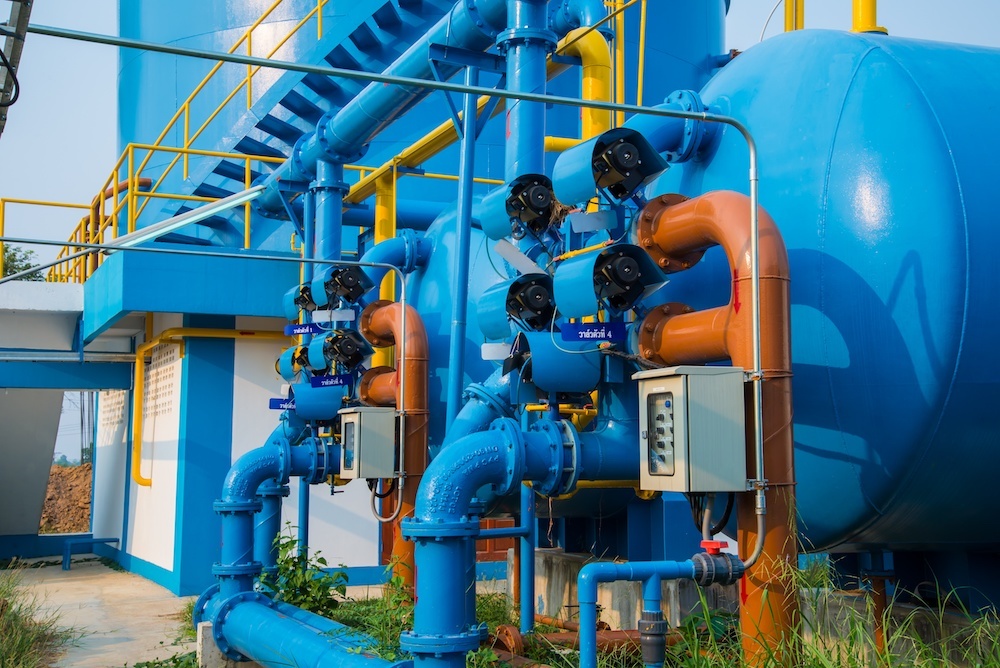The Term referred to as “Degasification” or "Decarbonation" and how they work
Relates to the process of the removal of suspended gas or solids that are converted to a gas-based upon certain criteria during water filtration, treatment, membrane filtration, or attempting to adjust pH. When removing (CO2) the process is often referred to as “Decarbonation”, when removing (H2S) the process is often referred to as “Degasification”.
Degasification is the most economical method for
the removal of Hydrogen Sulfide (H2S), Carbon Dioxide (CO2), and Oxygen (02) can all be removed by “Degasification”. The other variables are the total inlet water flow rate, the inlet feed temperature of the water, the ambient air temperature, the inlet concentrations that can be expressed as parts per billion (ppb), parts per million (ppm) or Mg/l, and the desired effluent removal levels also expressed in the same method. It is also important to fully understand the actual application and the use of the water to determine how critical maintaining critical levels are and what impact variations will create for the final use. Understanding these variables will aid you in the design of the system and any additional redundant systems needed to assure full compliance with standards.







